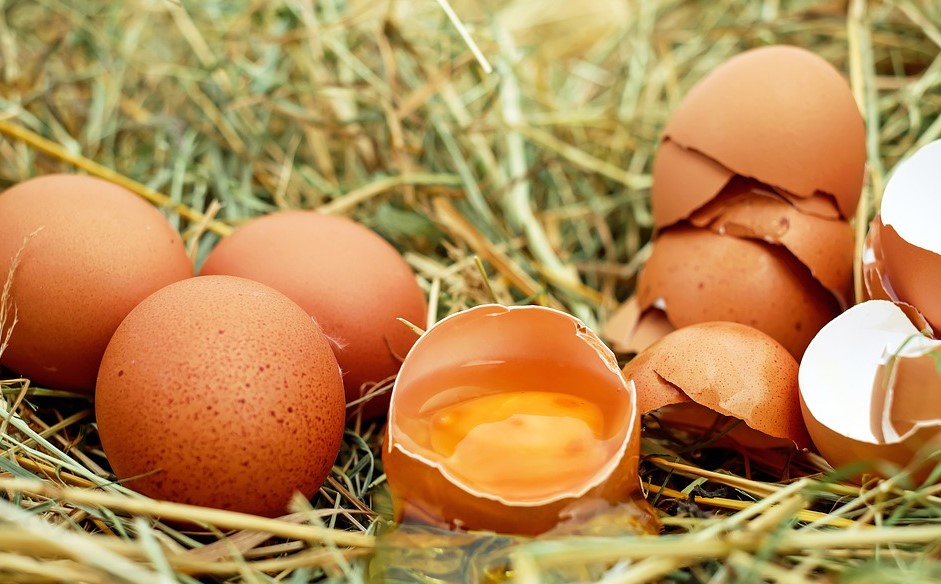Retail prices for eggs have recently hit unprecedented levels, primarily attributed to an escalation in bird flu cases that has necessitated the culling of millions of birds. Reports from Bloomberg cite data from Expana indicating that the cost of a dozen eggs in the Midwest surged to approximately $5.67 this week, surpassing the previous record of $5.46 set in December 2022. This price increase is set against a backdrop of ongoing challenges in the egg market, influenced notably by seasonal peaks in retail demand—particularly during the holiday baking season—and significant production losses connected to avian influenza.
Karyn Rispoli, managing editor for eggs in the Americas at Expana, provides insight into the steep price hikes, pointing to a “potent combination” of factors impacting supply and demand. She notes that since mid-October, an estimated 17 million egg-laying hens and younger birds called pullets have been culled due to heightened bird flu cases, marking one of the most severe periods of this outbreak since it first impacted the flock in February 2022. However, the implications of the bird flu extend beyond just the egg-laying population; the virus has also affected other livestock, including dairy cattle, and has even resulted in severe cases in humans, such as a recent hospitalization in Louisiana.
The surge in egg prices has not just been felt by consumers; wholesale egg prices, as tracked by the Urner Barry Egg Index, are nearing record highs yet again. In broader economic terms, the November Consumer Price Index (CPI) highlighted substantial inflationary pressures, with a significant 54.6% jump in the index for chicken eggs contributing to the overall rise in prices for final demand goods. Global food inflation has entered a precarious phase, raising concerns over food security and affordability for consumers.
In light of these challenges, there has been an increasing call for consumers—especially those facing financial constraints—to adopt self-sufficiency measures to combat rising food prices. Suggestions include setting up backyard chicken coops, growing personal vegetable gardens, establishing honeybee hives for honey production, or even maintaining small pastures for cattle. These strategies not only aim to provide immediate relief from high retail prices but also emphasize the importance of health and food security.
The philosophy underlying these suggestions is rooted in a desire to reclaim the food supply chain from large industrial entities that often wield significant influence over federal policies regarding agriculture and food production. By taking proactive steps towards self-sustenance, individuals can position themselves to better withstand the financial pressures of food inflation while also supporting personal health and community resilience.
As the situation evolves, the dynamics of food prices, especially for staple goods like eggs, remain closely tied to external factors such as disease outbreaks and consumer demand patterns. Moving forward, it is crucial for consumers to stay informed and explore alternative avenues for food production that promote both economic stability and independence, thereby buffering against future price fluctuations and potential crises in the food supply chain.

